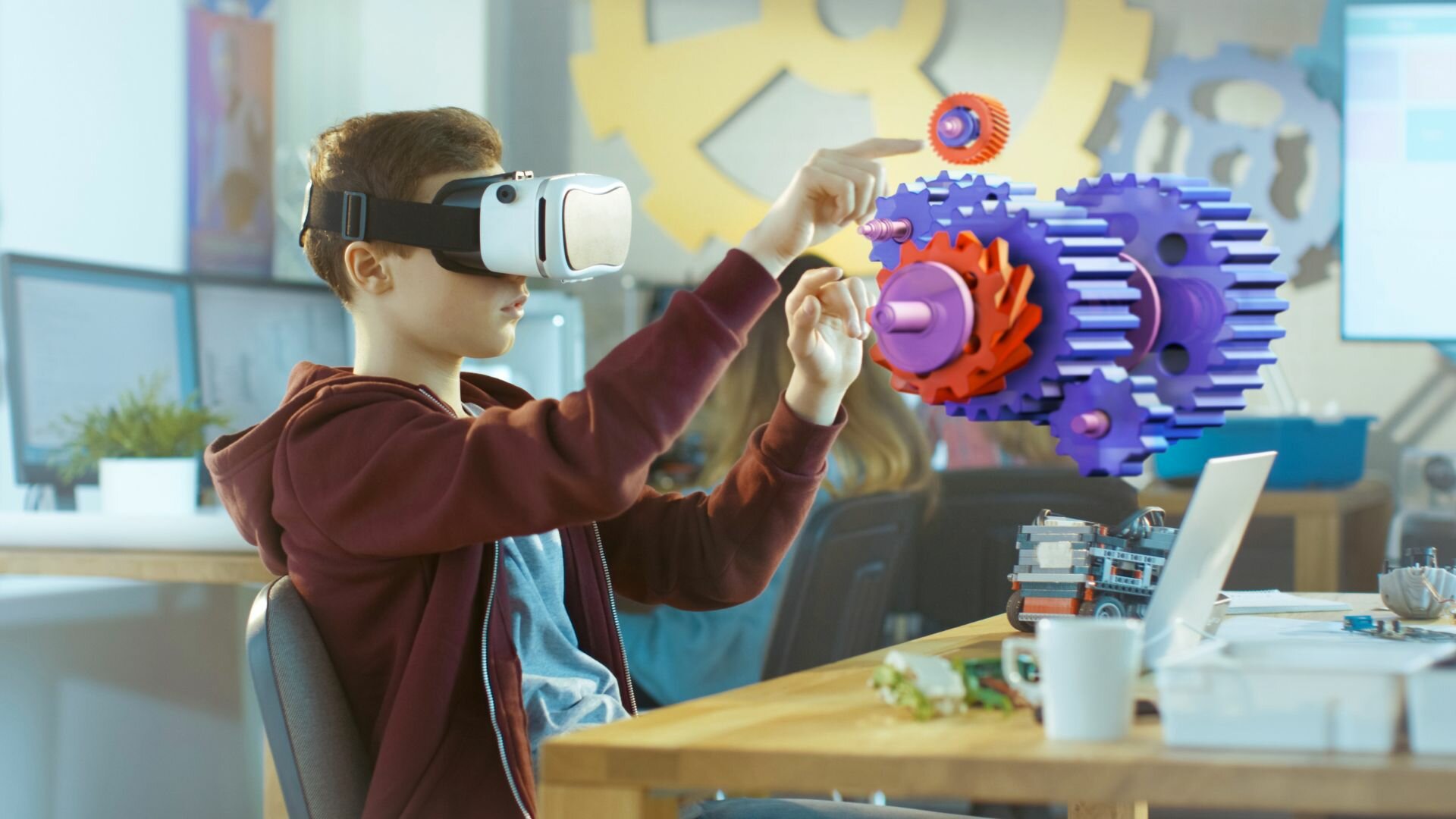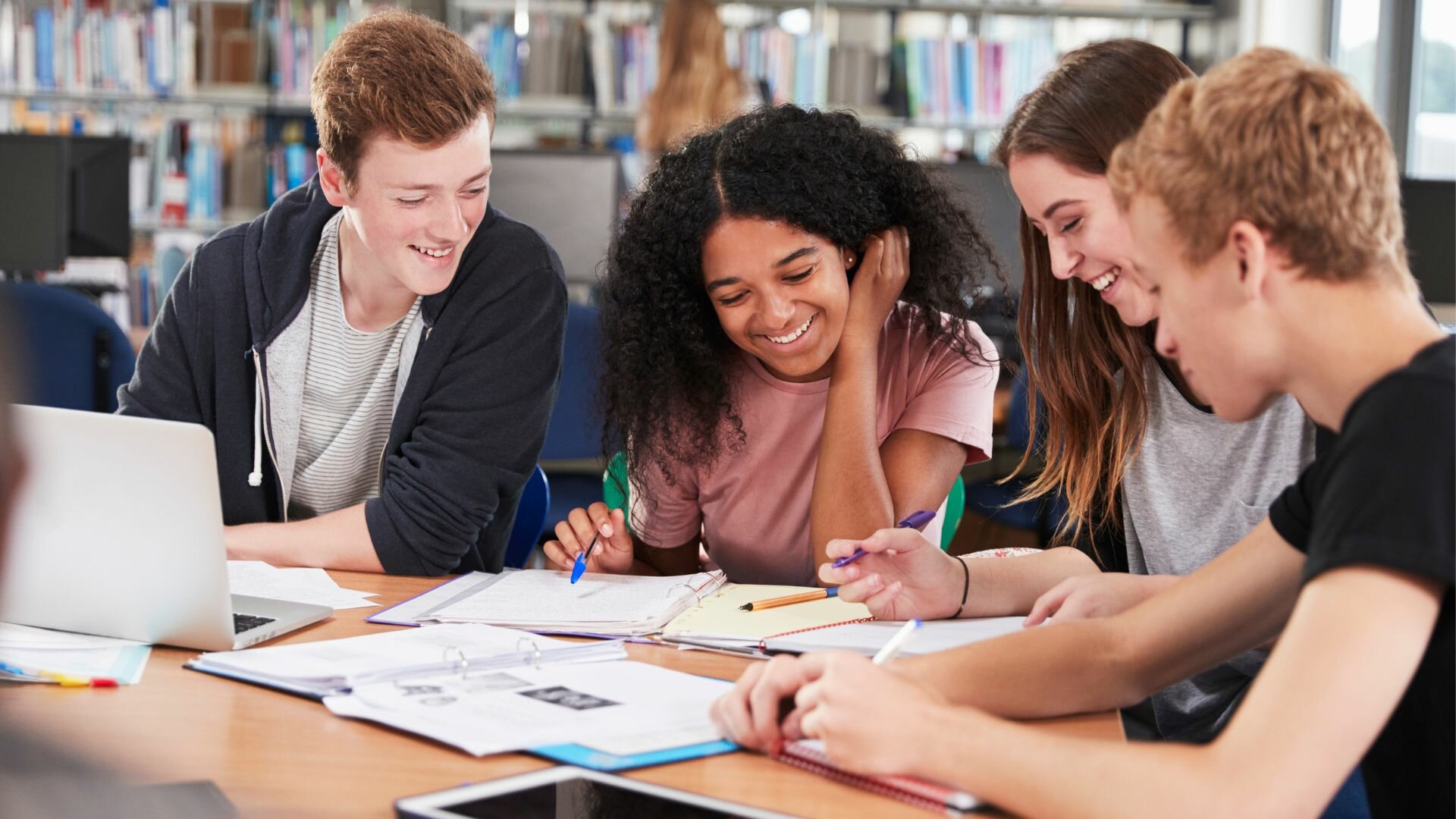6 Whole Brain Teaching Strategies for 2024
Teachers are always looking for new techniques and ways to engage students in a more meaningful way. While many of these concepts have been used with varying degrees of success, one technique called Whole Brain Teaching is rapidly gaining popularity.
First developed in 1999, Whole Brain Teaching is known for its high-intensity, hyper-focused approach where teachers keep their students engaged throughout every minute of the class. This means students must use their entire brain, being constantly engaged through activities like project-based learning, gamification and group projects. Below we’ve put together 6 teaching strategies that are designed to boost students' achievement and help you take charge of your classroom.
1. Rapid Fire Question and Answer
One common whole-brain teaching technique is for the teacher to bombard students with questions in a rapid-fire format. This keeps students on their toes, receiving a series of questions in quick succession that ensures they have no time to “switch off” or go on their phones. What’s more, by varying the type of question asked and keeping a sense of suspense, students are encouraged to constantly think about different solutions and answers, making the class more engaging and keeping the attention of the students on the topic at hand.


2. Art
Incorporating art into your educational routine has the potential to not only make learning more fun and enjoyable, but studies have shown it can have a real effect on students’ grade point average (GPA). A 2006 study by Respress & Lutfi demonstrated that student participation in a fine arts curriculum increased their GPA by half a point, and 73% of these students increased their spelling by at least one grade.
3. Kinesthetic Learning
“Games lubricate the body and the mind” – Benjamin Franklin
Physical movement has long been shown to boost cognitive development and enhance the brain's capability to retain information. Introduce this to your class in the form of role-playing games, encourage students to walk around, create interactive, life-size documents and be animated in your teaching, constantly moving around. Studies have shown that physical activity can have a real impact on student achievement: with a positive correlation between movement and exercise and academic performance.
4. Collaborative learning
Get your students to work in groups and let them teach their neighbours something they learned using gestures or sign language. Unlike memorizing facts from a textbook, this interactive activity uses different parts of the brain such as the Motor Cortex (making gestures) and allows students to experience the practice of teaching and not only learning. While it can help with learning and childhood development, students also find this form of learning incredibly fun.


5. Multimedia Presentations
For students who are a bit older, encouraging them to engage in podcasts, video presentations and other digital interactive media can engage different parts of their brain. Presentations, in particular, develop students' public speaking abilities while fostering their ability to research, synthesize information and then present this in a comprehensible format. While these presentations have their benefits in a classroom setting, they also prepare students for their world of work.
6. Virtual Reality Experiences
Virtual reality (VR) gives students immersive experiences that stimulate different parts of their brain. Students can visit historical sites, shipwrecks, different parts of the world and even the surface of other planets. This means bringing the content covered in traditional classes to life, demonstrating how learning can become far more engaging, interactive and memorable for students.
Conclusion
Whole Brain Teaching gives teachers a powerful way of enhancing student engagement and offers educators a powerful set of tools to boost learning outcomes. As we move into 2024 and beyond, the integration of educational techniques that stimulate different skills in students and activate different regions of their brains will offer an array of benefits in the classroom. Through rapid-fire questioning, art integration, kinesthetic learning, collaborative group work, multimedia presentations, and the use of virtual reality experiences, teachers can create dynamic, immersive and engaging learning environments for their students.

